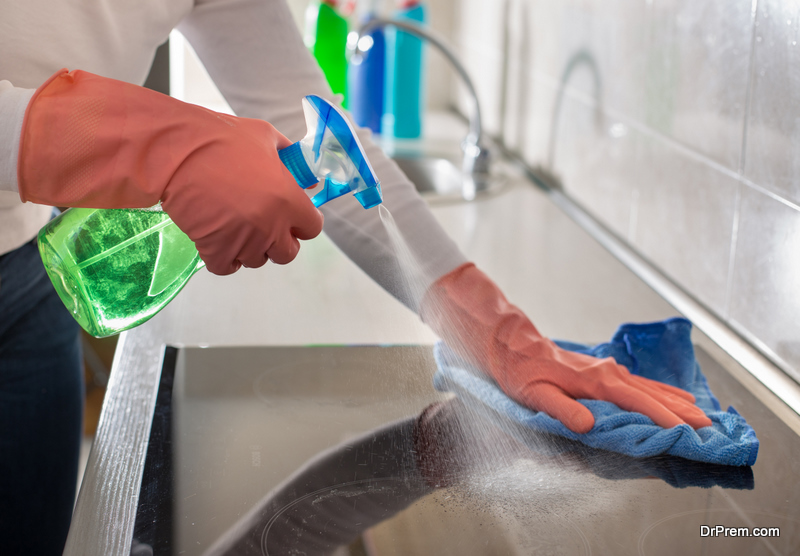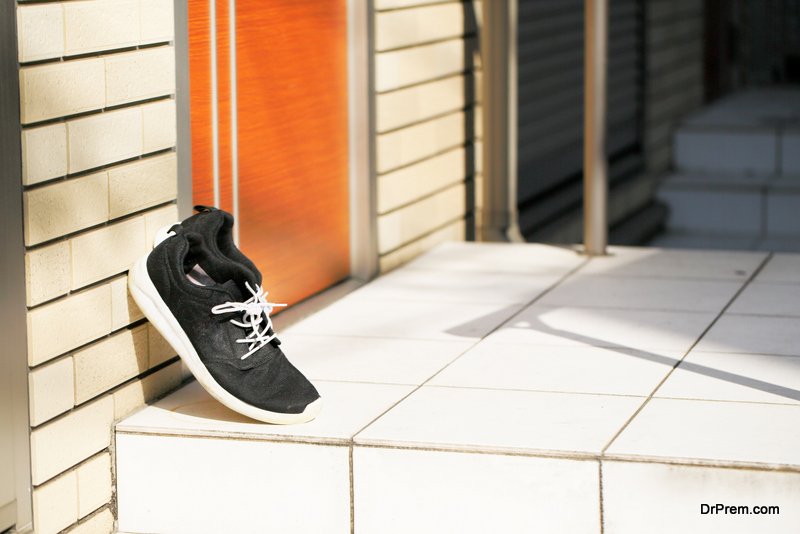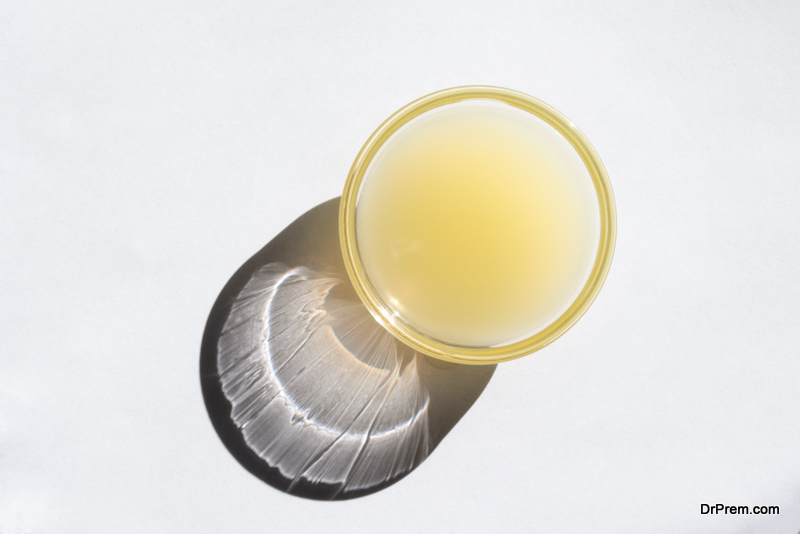Change begins at home. Perhaps you’d also want to start practicing eco-friendly ways in your household,but you’re confused about how to keep your home germ-free while still being sustainable and environment-friendly. The good news is it’s actually doable.
You could maintain a germ-free home without becoming over dependent on chemical cleaners. The only challenge now is choosing or making your own sustainable products that’d turn out to be just as effective as the chemical-based ones.With that said, here are five examples of sustainable ways for you to maintain a germ-free home.
1. Use Hypochlorous Acid Disinfectants
 One of the most inexpensive and nontoxic but also highly effective disinfectants you can use to maintain a germ-free home is a hypochlorous acid disinfectant. This is a substance naturally found in the white blood cells of mammals, including humans, andit acts as the first line of defense against bacteria, injury, and irritation. It’s a very powerful agent for disinfecting, but it’s also gentle enough that it’s being used in many skincare products.
One of the most inexpensive and nontoxic but also highly effective disinfectants you can use to maintain a germ-free home is a hypochlorous acid disinfectant. This is a substance naturally found in the white blood cells of mammals, including humans, andit acts as the first line of defense against bacteria, injury, and irritation. It’s a very powerful agent for disinfecting, but it’s also gentle enough that it’s being used in many skincare products.
The only difference between skincare products and cleaning agents that have hypochlorous disinfectants is the concentration. For home cleaning agents, the concentration is significantly higher.
2. Ditch The Paper Towels
Many households today are still dependent on paper towels to clean surfaces. Some may also be using disinfectant wipes all around the house. Those wipes and paper towels are fine for use when you’re on the go. But when you’re just at home and you have access to microfiber cloths and your homemade cleaning agent, it’s time for you to ditch those paper towels and wipes.You can unnecessarily reduce the amount of household waste you may have by simply switching to the eco-friendly option of using microfiber cloths or towels.
3. Keep Your Shoes At The Door
 Here’s one free and extremely sustainable means to maintain a germ-free home: leave your shoes at the door and sanitize them before bringing them to your shoe closet. This may seem like a very obvious tip, but you’d be surprised at how many households actually still wear their outside shoes all over the house. Or perhaps you have kids and as soon as they get home, they run inside right away without removing their shoes.
Here’s one free and extremely sustainable means to maintain a germ-free home: leave your shoes at the door and sanitize them before bringing them to your shoe closet. This may seem like a very obvious tip, but you’d be surprised at how many households actually still wear their outside shoes all over the house. Or perhaps you have kids and as soon as they get home, they run inside right away without removing their shoes.
When you’re out and about, your shoes step on so many germs, bacteria, and viruses in public. Surely, you wouldn’t want to take those germs inside your house. You can significantly keep your home germ-free with that simple act of leaving dirty shoes at the door.
4. Think of Vinegar And Baking Soda As Your Best Friends
As if they don’t have enough household use yet in your home, baking soda and vinegar can be utilized for everyday cleaning, too. They’re very useful to have in your home, so once you run out of these staples, be sure to replenish them right away.
And they don’t just make your home look physically clean, these two are actually very good agents for keeping your home germ-free. These are some of the best uses of vinegar and baking soda in a household:
- Baking soda could be effectively used for removing any buildup of residue in pots and pans.
- Baking soda is known to be helpful in cleaning grimy surfaces, like a stovetop.
- Vinegar is said to be very good for cleaning mold and mildew buildup.
- A solution of vinegar and water could be effective for cleaning your microwave.
However, vinegar may smell too strong. So to mask the scent of vinegar, you could add natural agents like lemon, thieves oil, and lavender.
5. Use Lemon Juice For Polishing
 Apart from smelling really good, lemon could also be a very good natural polish. Assume your home has hardwood floors and other wood cabinets and furniture. Ordinarily, you might still depend on your aerosol wood polishers for cleaning. But a more sustainable option is to use lemon instead.
Apart from smelling really good, lemon could also be a very good natural polish. Assume your home has hardwood floors and other wood cabinets and furniture. Ordinarily, you might still depend on your aerosol wood polishers for cleaning. But a more sustainable option is to use lemon instead.
The solution is simple. All you have to do is mix a half cup of lemon juice with a cup of olive oil for an effective clean. You could also use plain lemon juice for removing stains from your carpets and other canvas furniture.
Conclusion
Once you’ve started to apply the sustainable cleaning methods above in your household, now comes the bigger challenge of maintaining those practices. These may seem like changes that take a lot of getting used to. But once you’ve actually started to get the hang of it, you’d realize them to be worth-it sustainable cleaning habits.
As you can see, maintaining a germ-free household doesn’t mean you have to be dependent only on chemical cleaning products. You could still make use of eco-friendly cleaners, which are just as good as chemical cleaning agents.
Article Submitted By Community Writer




